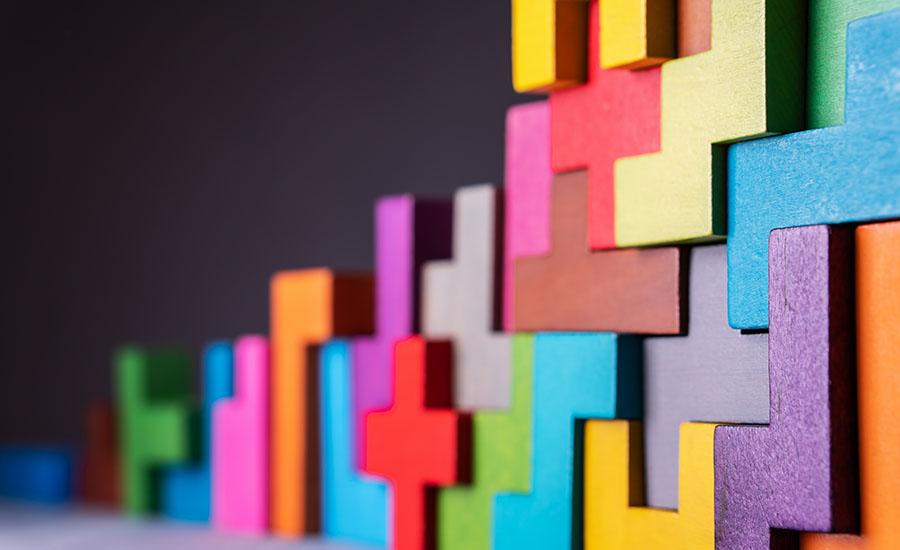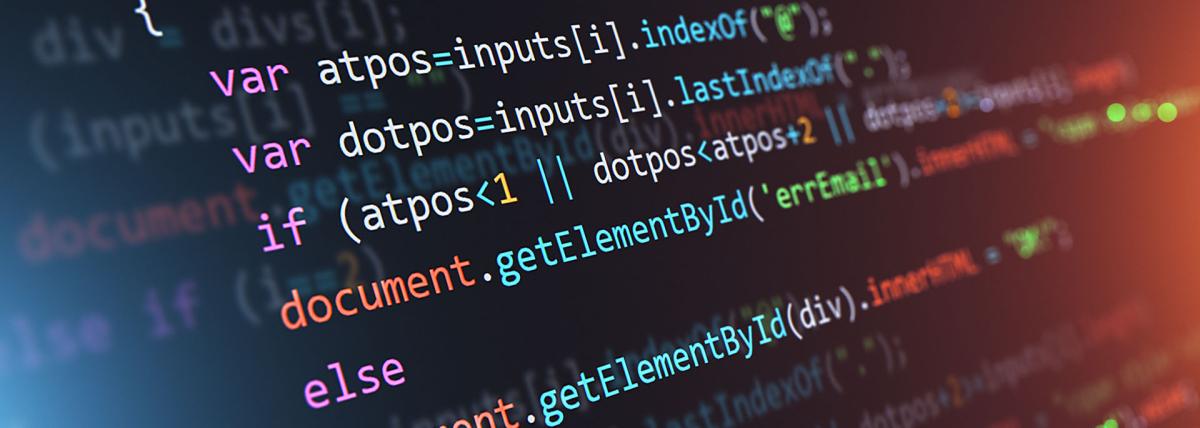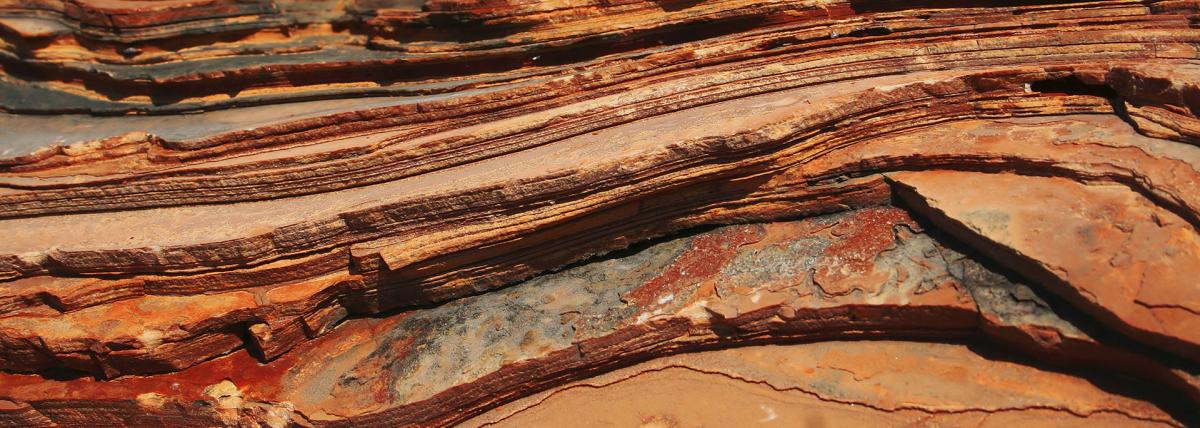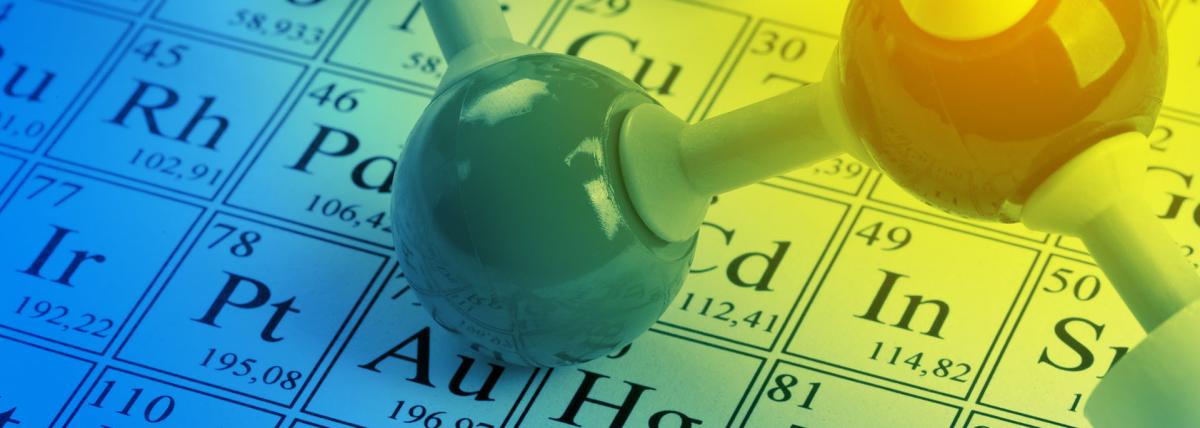
In this lesson students will discuss why they would use a 3D printer to create a planter pot? Students will also brainstorm "What features are important for a planter pot?" Finally students will

The lesson will help teachers and students who are learning the basics of 3D printing. There will be a list of vocabulary, video, student discussion, sketching a prototype and using Tinkercad to

In this 8-part lesson series, 1st graders will use ScratchJr to design a maze game, exploring game design concepts, planning, coding, testing, and presenting their creations while fostering creativity

In this lesson, students will observe the different ways a sheet of paper can fall. They will face two challenges with paper, the final challenge being to create and test a parachute for a small

In this engaging elementary school lesson, students use the engineering design cycle to identify and solve problems, incorporating technology while reflecting on their process and sharing their

Simple Machine: Pulley, helping Rapunzel escape the tower

Students will discover: I put rotted food into a container with earthworms, where did the food go?

Students use large building bricks to practice computational thinking, direction giving and being specific in those directions. This lesson can be completed in one 30-45 minute class session. This is

In this hands-on lesson, students will explore the water cycle and learn how it works. Students will be able to make their own model and observe the water cycle in class. They create an art piece and

Designed for three hour-long STEAM Club meetings for scholars from kindergarten - fourth grade. This lesson plan can also be used for fifth-seventh grade scholars. Scholars will learn about

Students will create 3D Models of a water form. Learners will record a photo of their model, write and type or record information about their model via iPad or tablet. Students will record a learning

Students will use the engineering design process to plan and build a bridge that will hold the most amount of weight.





Students will better understand gas, liquid, and solid states of matter through hands-on learning stations and a create-a-toy design challenge.

A lower elementary (Kindergarten through 4th grade) lesson plan to explore what the robot can and can not do, to program the robot to complete a task, and to collaboratively work as a team to complete





Dash Around the Table



